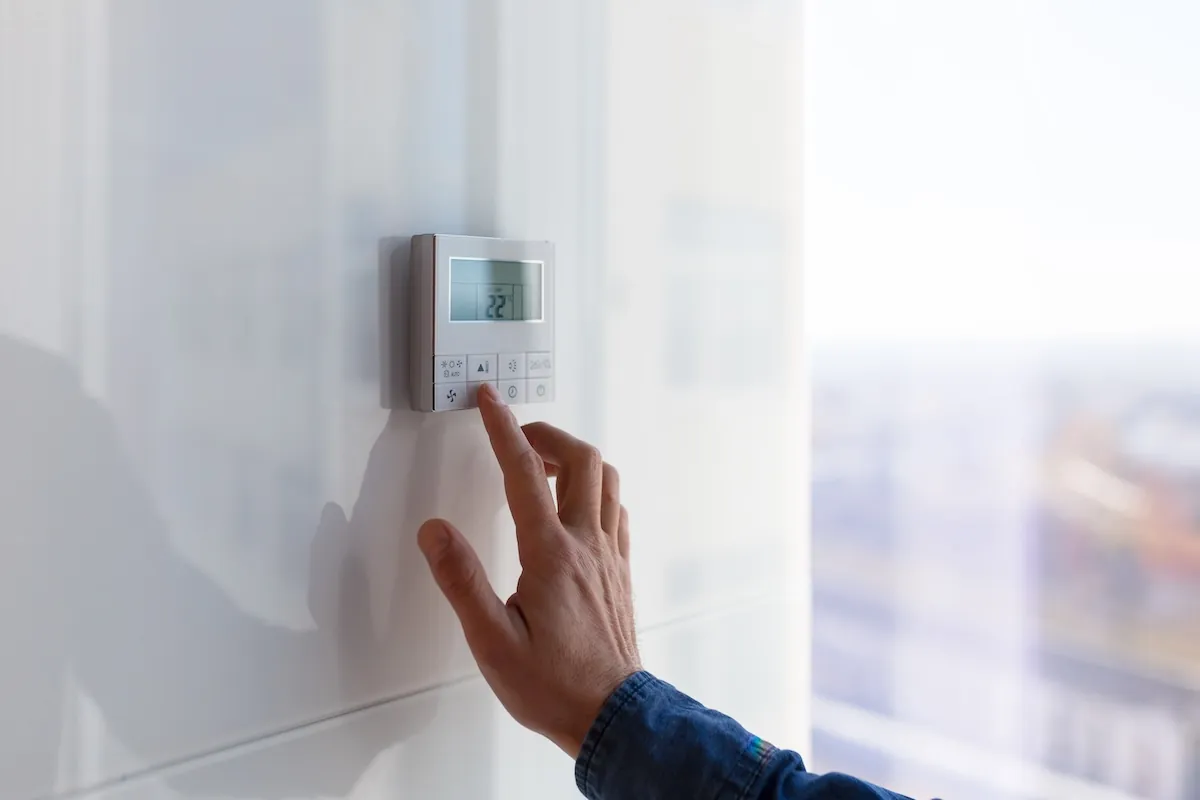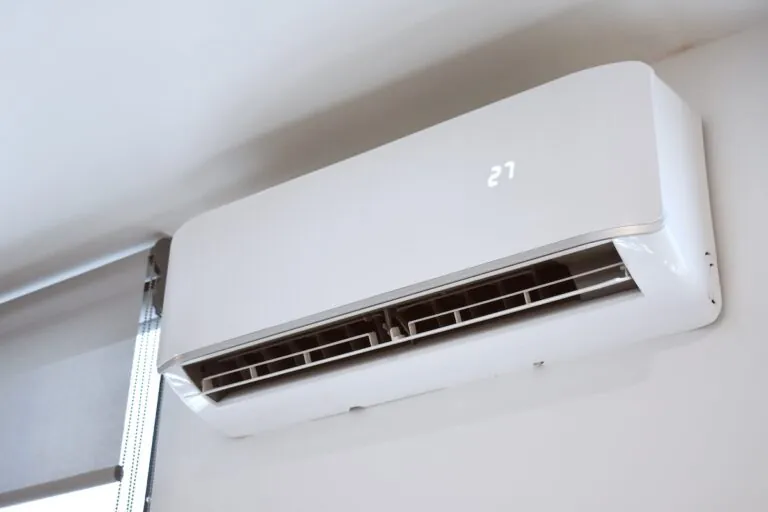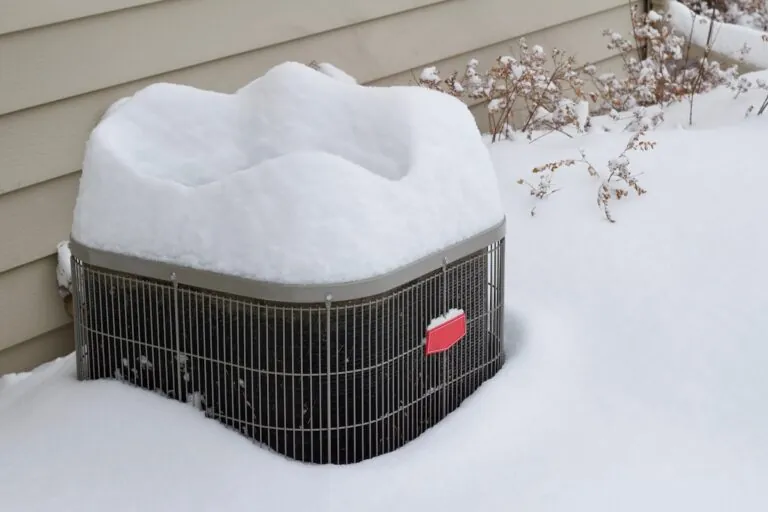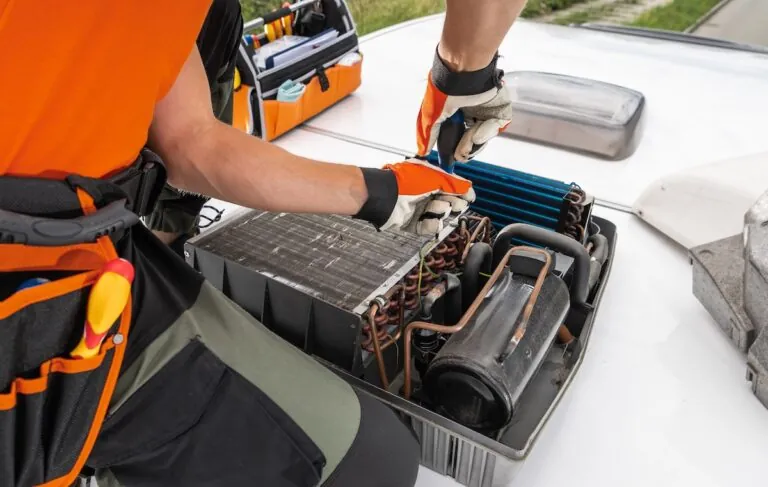If you’ve noticed your thermostat not reaching set temperature, it can be frustrating and uncomfortable, especially during Minnesota’s extreme seasons. A thermostat that doesn’t work properly could point to anything from simple maintenance needs to deeper HVAC issues. Understanding the possible causes will help you troubleshoot quickly and know when it’s time to call in a professional.
- Common causes: Dirty filters, thermostat issues, and blocked vents can all affect performance.
- DIY fixes: Many problems can be solved with quick checks and simple maintenance steps.
- Professional help: Some issues require an expert to restore efficiency and comfort.
🌡️ Why Your Thermostat Isn’t Reaching the Set Temperature
There are several reasons why your thermostat may not match the temperature it’s programmed for. Some are easy fixes, while others may indicate bigger HVAC concerns.
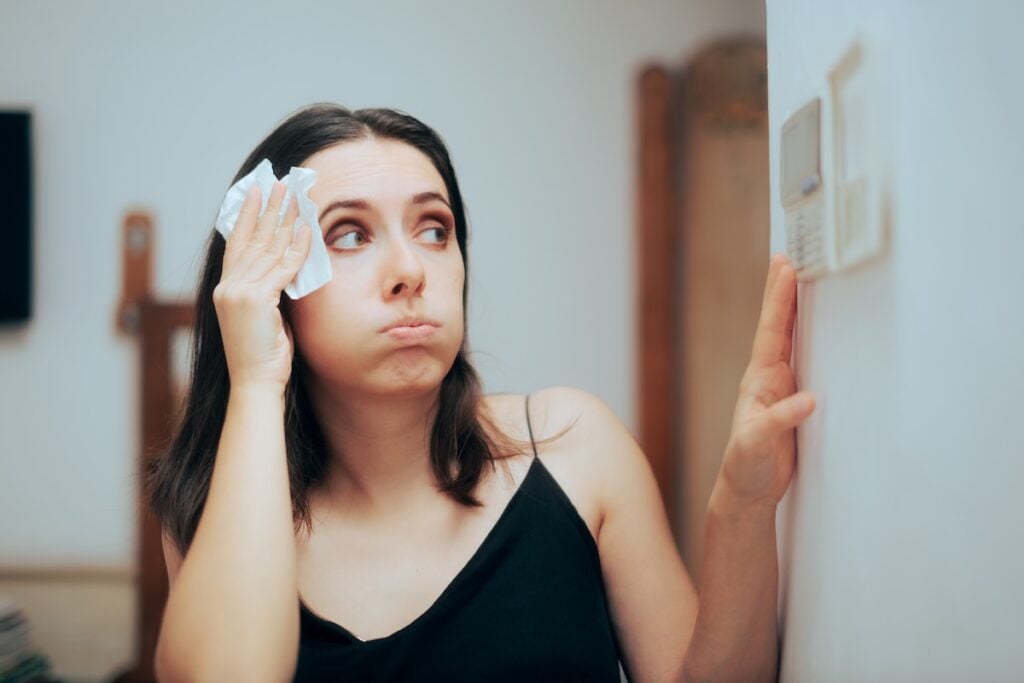
Dirty Air Filter
A clogged air filter is one of the most common culprits. Restricted airflow prevents your system from properly heating or cooling the home, which makes it seem like the thermostat isn’t working. Over time, this also stresses the blower motor and reduces indoor air quality.
Thermostat Location
Where your thermostat is placed matters more than many homeowners realize. If it sits near windows, doors, or heat sources like lamps and appliances, it can give inaccurate readings. Direct sunlight may convince the thermostat the house is warmer than it really is, while drafts near doors make it think the home is colder.
Blocked or Leaky Vents
Airflow is critical for even heating and cooling. If vents are blocked by furniture, curtains, or rugs, your HVAC system can’t distribute air evenly. Similarly, leaks in ductwork can cause conditioned air to escape into crawlspaces or attics, leaving your living spaces underheated or undercooled.
HVAC System Issues
Sometimes the thermostat is functioning just fine—it’s the HVAC equipment that isn’t keeping up. Low refrigerant in an AC system, a failing blower motor, or a furnace struggling with age can all prevent the system from reaching the set temperature.
Outdated or Faulty Thermostat
Thermostats themselves don’t last forever. Mechanical or outdated programmable models may lose accuracy over time. Wiring issues or calibration problems can also prevent them from communicating effectively with your system.
🛠️ Troubleshooting Table: Symptoms, Causes, and Fixes
Here’s a simple guide to help homeowners understand what might be happening and how to respond.
| Symptom | Possible Cause | Homeowner Fix | When to Call a Professional |
| Thermostat reads incorrectly | Poor location (sunlight, drafts) | Move items blocking airflow, check placement | Relocate thermostat or recalibrate unit |
| Weak airflow from vents | Dirty filter or blocked vents | Replace filter, clear vents of obstructions | Inspect blower motor, test ductwork for leaks |
| Uneven temperatures by room | Leaky ducts or poor zoning | Ensure vents are open and clean | Seal ducts or install zoning system |
| System runs constantly | Wrong system size or mechanical issue | Check filter, thermostat settings | Assess refrigerant levels, blower motor, or replace oversized/undersized unit |
| Thermostat screen blank | Dead batteries or wiring problem | Replace batteries, check breaker | Repair or replace faulty thermostat |
This table helps distinguish between issues a homeowner can easily address and problems that need a technician’s expertise.
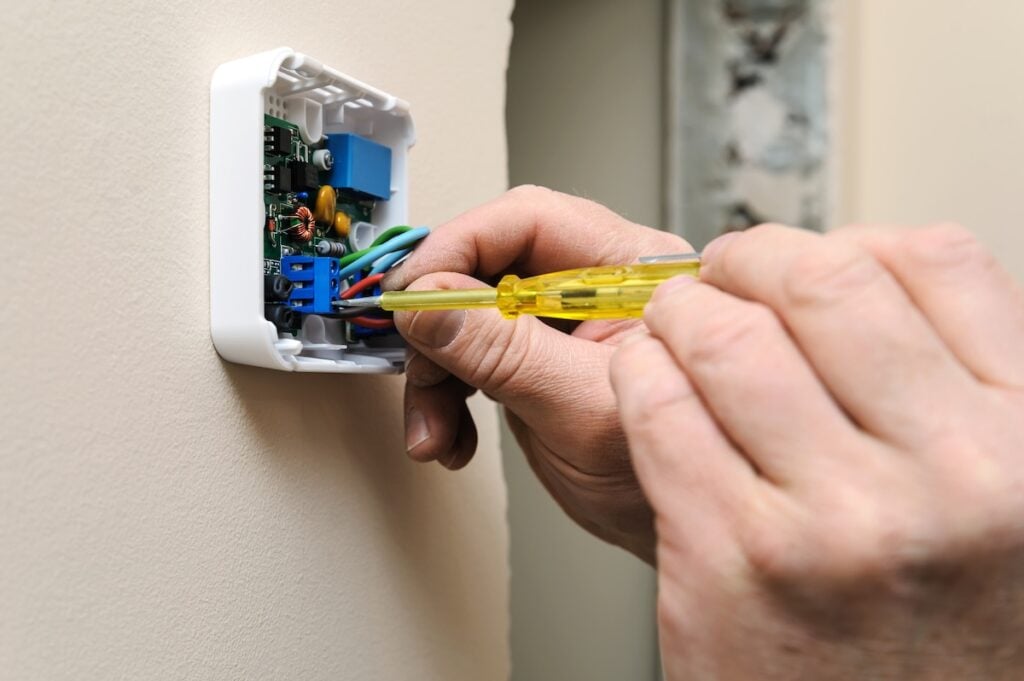
✅ 6 Steps You Can Take to Fix the Problem
If your thermostat not reaching set temperature is becoming a regular issue, start with these homeowner-friendly checks.
- Check and replace the air filter: A clean filter restores airflow and efficiency.
- Inspect the thermostat placement: Make sure it’s not near direct sunlight, vents, or exterior doors.
- Clear vents and registers: Ensure nothing is blocking airflow and vacuum away dust or debris.
- Check the thermostat settings: Confirm it’s set to the correct mode (heat or cool) and that the schedule is accurate.
- Restart your system: Sometimes cycling power can reset small glitches in modern thermostats.
- Update batteries or wiring checks: If your thermostat runs on batteries, replace them; for hardwired units, confirm the breaker hasn’t tripped.
If none of these steps solve the issue, it’s time to dig deeper or call a professional.
📞 When to Call an HVAC Professional
Some issues are best left to trained experts. If your thermostat continues to struggle after basic troubleshooting, you may be facing one of these problems:
- Refrigerant leaks: Low refrigerant reduces your AC’s ability to cool effectively.
- Blower motor issues: Weak airflow from a failing motor can keep your home from reaching the set temperature.
- Ductwork leaks: If conditioned air is escaping into your attic or walls, it won’t cool or heat your living spaces.
- Thermostat wiring problems: Faulty wiring or an outdated thermostat may need repair or replacement.
- System sizing errors: If your HVAC unit is too small for your home, no thermostat can fix the issue. Only system replacement or upgrades will solve the problem.
Professional service ensures the root problem is identified quickly, preventing bigger issues and higher energy bills.
👉 Preventing Thermostat Problems in the Future
The best way to avoid thermostat issues is by keeping your HVAC system well maintained.
Regular Tune Ups
Annual furnace and AC tune ups help technicians catch problems early, clean components, and keep your system running at peak performance. Preventive care also extends the lifespan of your equipment.
Smart Thermostat Upgrades
Consider upgrading to a smart thermostat. These devices provide more accurate readings, learn your heating and cooling patterns, and often alert you to problems before they become serious. Many can be controlled from your phone, giving you more flexibility in managing comfort and energy use.
Consistent Filter Changes
Changing your filter every 1–3 months is one of the easiest ways to ensure good airflow and system efficiency. For homes with pets or allergy concerns, checking filters monthly is especially important.
Seasonal System Checks
Before Minnesota’s cold winters or humid summers hit, test your system to confirm it can reach your set temperature without strain. Doing this a few weeks early gives you time to schedule service if something is off.
Professional Duct Inspections
Over time, ducts can develop leaks or lose insulation. Having them inspected every few years keeps airflow strong and ensures that your system isn’t wasting energy.
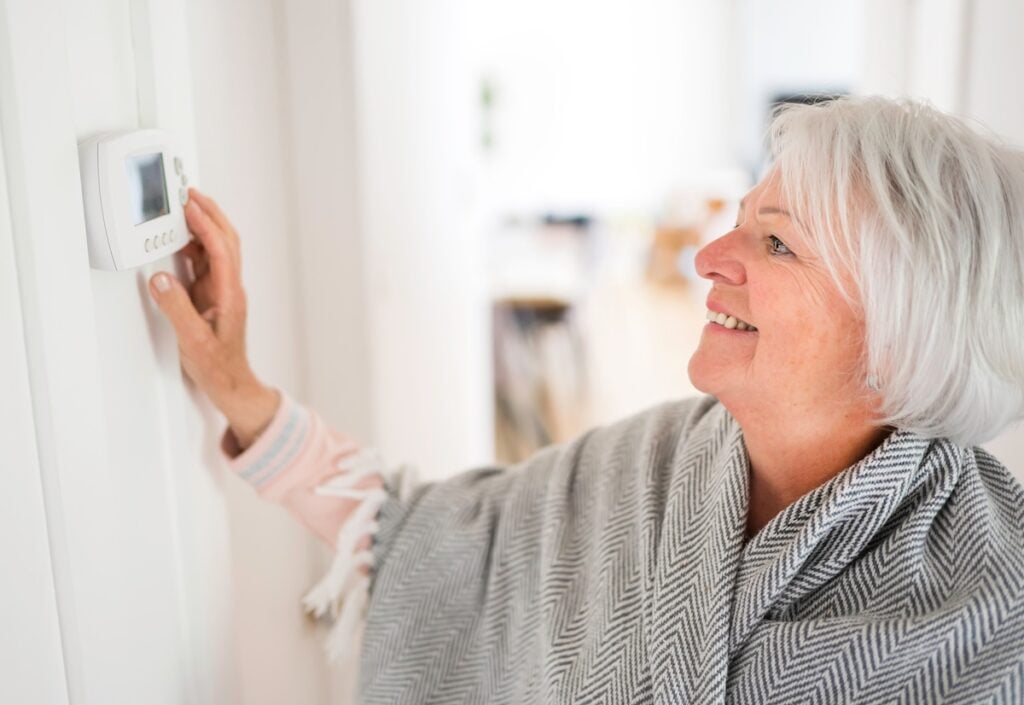
🤝 Restore Comfort With Expert Help
Dealing with a thermostat not reaching set temperature can be stressful, but the good news is many fixes are simple. Start with easy DIY steps like replacing filters and checking settings, and call in an expert if the problem persists. Quick action not only restores comfort but also prevents bigger, more expensive repairs down the line.
Genz-Ryan has been helping homeowners in Burnsville and surrounding areas stay comfortable for decades. If your thermostat or HVAC system isn’t keeping up, our experienced team can find the cause and get your home back to the temperature you want. Contact us today for a free quote and expert service.



